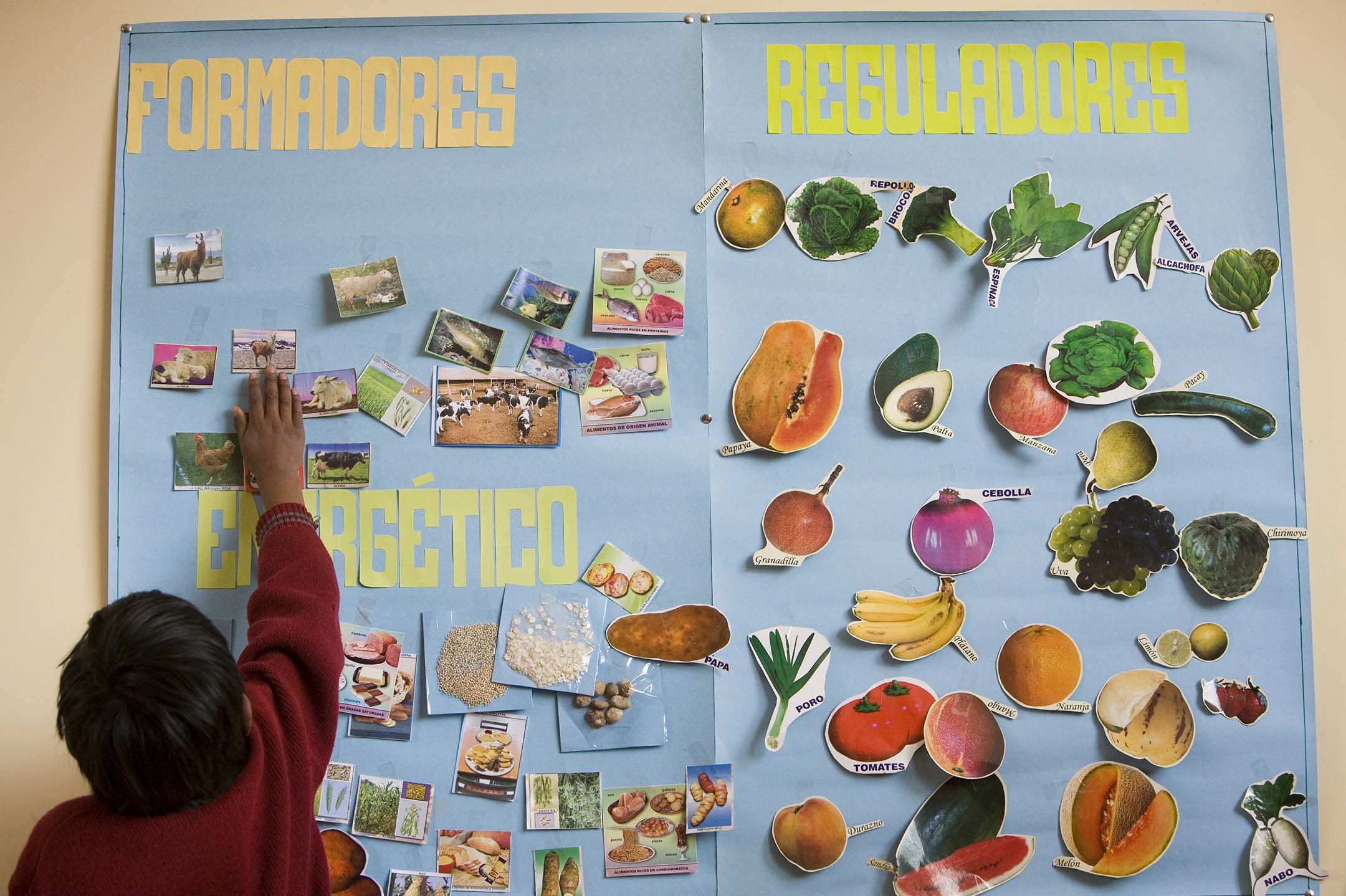More than one-third of all adults across the world—1.46 billion people—are obese or overweight, according to the “Future Diets” report just released by the Overseas Development Institute in London. And the number of overweight and obese people in the developing world now far overshadows the number in rich countries, the report says.
Between 1980 and 2008, the numbers of people affected in the developing world more than tripled, from 250 million to 904 million. In high-income countries the numbers increased by 1.7 times over the same period.
“As countries go from being low-income to middle-income, and heading towards high-income, people earn more [money], and they can eat the foods that they find tasty," says Wiggins, who co-authored the report and was quoted in a Jan. 3 NPR story highlighting the issue.

Heifer International addresses such issues of nutrition in its projects around the world, taking into consideration urbanization factors such as those in Bolivia. Training in kitchen gardens to diversify nutrition is also practiced where smallholder farmers raise animals and crops for income.
In El Alto, Bolivia, Heifer and its Bolivian partner, the Center of Educational Research and Action in El Alto, address the nutrition problems that arise when people distance themselves from the land and indigenous traditions by teaching elementary school students about native foods.

Eduardo Escobari, principal of the San Luis de Gonzaga school in El Alto, says “We tell the parents and we teach the students to change the way they eat. As you know, there’s the television set and it influences them to eat junk food. And we forget our own foods that our families have eaten for decades. So it’s good for these courses to remind us to put to practice these lessons.”
Read more about the Bolivia nutrition project in Heifer’s World Ark magazine.
The NPR story this week singles out Mexico as the “poster child” for the global obesity problem.
“If you walk into a Mexican village store," Wiggins says, "you'll be confronted with lots of tasty offerings of potato chips, nice cookies with lots of fat and sugar in them and lots of sweetened carbonated drinks — all kinds of stuff, which is terrific in small quantities, but not when you start to eat it in large quantities.”
In 1980, less than 40 percent of Mexican women were overweight. By 2008, almost 70 percent were.
Diets are changing wherever incomes are rising in the developing world, with a marked shift from cereals and tubers to meat, fats and sugar, as well as fruit and vegetables, the “Future Diets” report says.
The evidence is well-established: obesity, together with excessive consumption of fat and salt, is linked to the rising global incidence of non-communicable diseases including some cancers, diabetes, heart disease and strokes.
At the same time, under-consumption of dietary energy, protein and micronutrients is still a problem for hundreds of millions of people. Again, most of them are in the developing world, where the greatest concern is the inadequate nutrition for infants that impairs their mental and physical development and puts them at a life-long disadvantage. Progress on reducing the incidence of stunting amongst children has been slow: up to one-third of infants in the developing world are still considered stunted. Increasingly, however, the wider concern is less about macro-nutrition and more about micro-nutrition: the lack of key minerals and vitamins—particularly iron, iodine, vitamin A and zinc—that affects an estimated 2 billion or more people.
